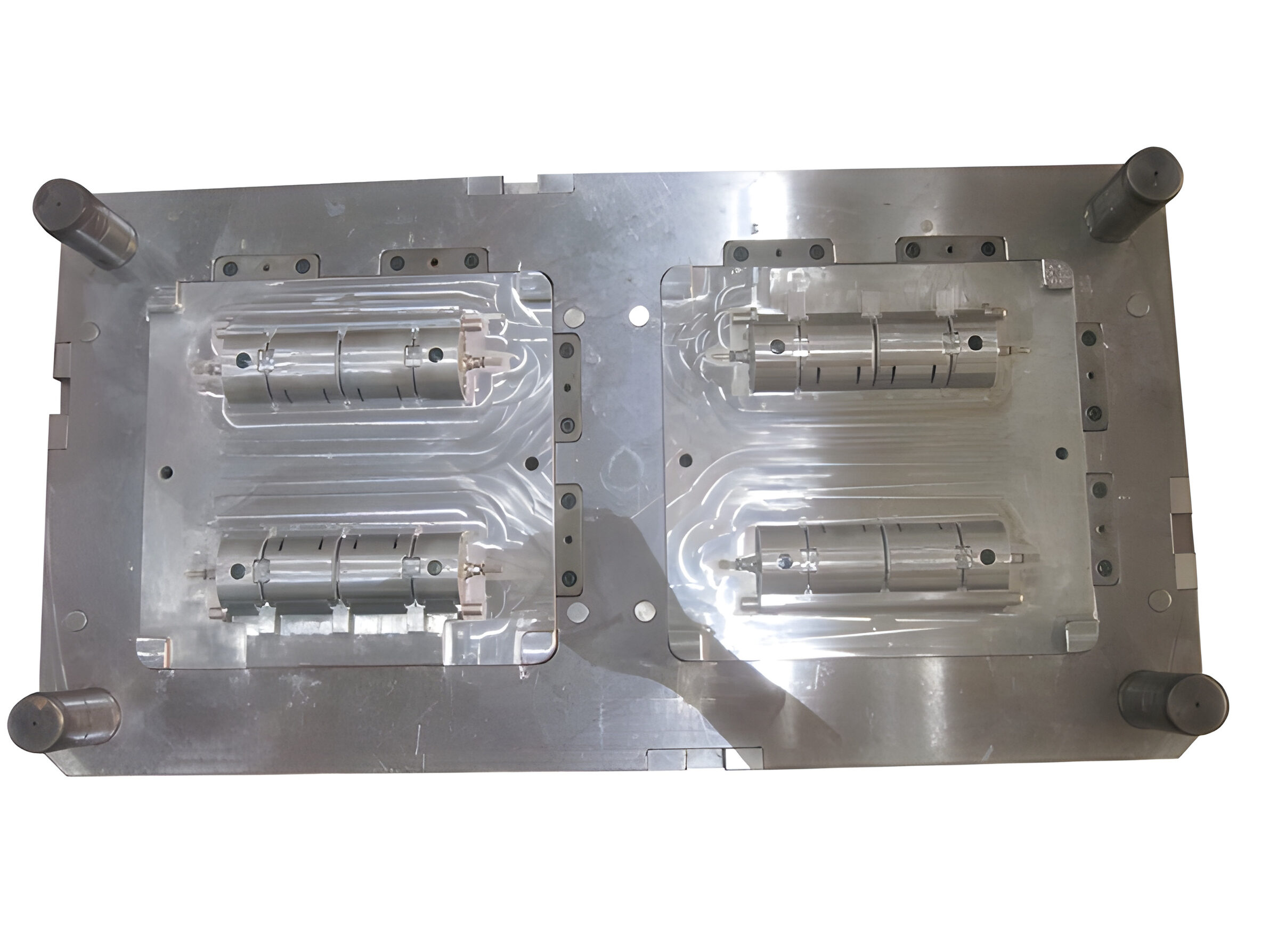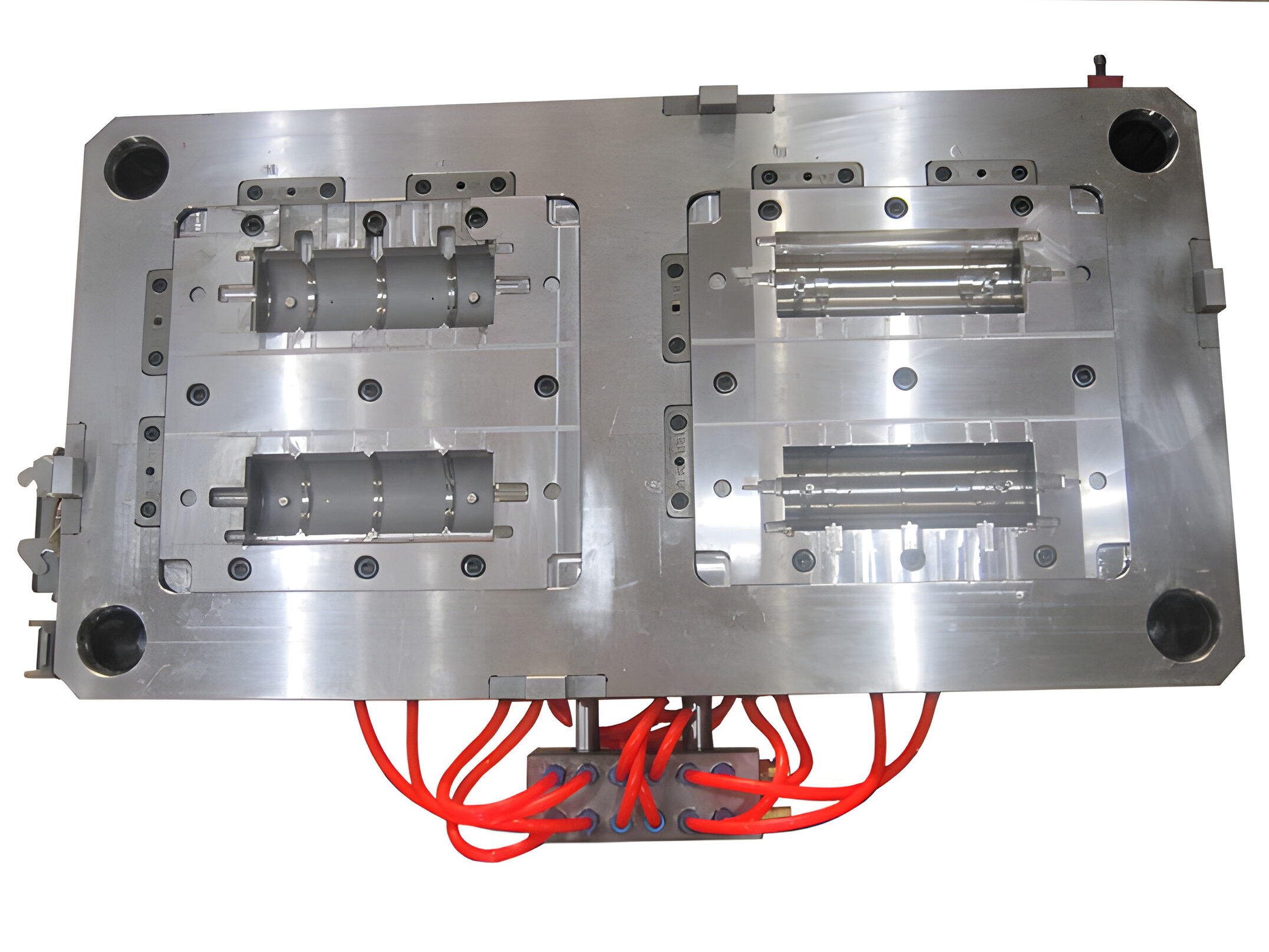Injection molding is one of the most popular and versatile manufacturing processes used across various industries. Its ability to produce complex and precise parts in high volumes makes it a go-to method for many manufacturers. However, like any intricate process, injection molding is not without its challenges. Various defects can occur during production, affecting the quality and performance of the molded parts. In this article, we’ll explore the most common defects found in injection molded parts and how to prevent them.
Warping is a common issue in injection molding, where the final part becomes distorted or twisted after cooling. This defect typically arises due to uneven cooling rates or internal stress within the molded material. Factors like inconsistent wall thickness or improper mold design can also contribute to warping.
Prevention :
To prevent warping, it's crucial to ensure even cooling throughout the part. Optimizing mold design to maintain uniform wall thickness and adjusting cooling times can help minimize internal stress. Proper temperature control in the injection molding process plays a significant role in reducing this defect.
Sink marks are small depressions or indentations that appear on the surface of the molded part, typically caused by shrinking during cooling. This defect is often seen in thicker areas of the part, where the material cools and solidifies at different rates.
Prevention :
Adjusting the mold design to reduce variations in wall thickness can help prevent sink marks. Additionally, increasing the packing pressure during the plastic injection molding process and optimizing cooling rates can reduce shrinkage and avoid this defect.

Flow lines appear as streaks, patterns, or lines on the surface of the molded part, indicating the path the molten material took as it filled the mold. These lines can affect the aesthetic appeal of the part and may be caused by improper mold temperature, injection speed, or material viscosity.
Prevention :
To minimize flow lines, ensure that the mold temperature is correctly calibrated and that the injection speed is consistent throughout the process. Using the appropriate material viscosity in plastic injection molding will also contribute to smoother filling and reduce visible flow lines.
Flash occurs when excess material escapes from the mold cavity and forms a thin layer on the edge of the part. This defect often results from improper clamping force or mold misalignment during the injection process.
Prevention :
To prevent flash, it’s essential to ensure proper clamping force and mold alignment. Regular maintenance of the mold and equipment is key to preventing wear that may cause this issue in injection molding.
Short shots occur when the mold cavity is not completely filled with material, leading to incomplete or missing sections in the part. This can happen due to insufficient injection pressure, incorrect material flow, or blocked vents.
Prevention :
Increasing the injection pressure and ensuring that vents are clear will help achieve full cavity filling. Additionally, proper material flow control is essential in preventing short shots during the plastic injection molding process.

Air traps, or bubbles, are another common defect in plastic injection molding. These occur when air becomes trapped inside the mold cavity during the injection process, resulting in bubbles or voids in the final part. This defect can weaken the structural integrity of the part.
Prevention :
To reduce air traps, optimizing the mold design to allow for proper venting is critical. Additionally, adjusting the injection speed and pressure can help ensure that air is properly displaced from the mold during the plastic injection molding process.
Understanding the main defects in injection molded parts is key to improving product quality and performance. By addressing issues such as warping, sink marks, flow lines, flash, short shots, and air traps, manufacturers can achieve better results in plastic injection molding. Prevention strategies like proper mold design, temperature control, and regular equipment maintenance play a significant role in minimizing these defects and ensuring successful production runs.
At AAA MOULD , a company founded in 2008 with rich experience in custom plastic injection molds and injection moldings, we understand the importance of precision and quality in every step of the process. We offer a range of plastic injection molding services, including product design, prototype making, OEM, and ODM services. Our expertise helps customers navigate the complexities of plastic injection molding, ensuring high-quality results that meet their specific needs.